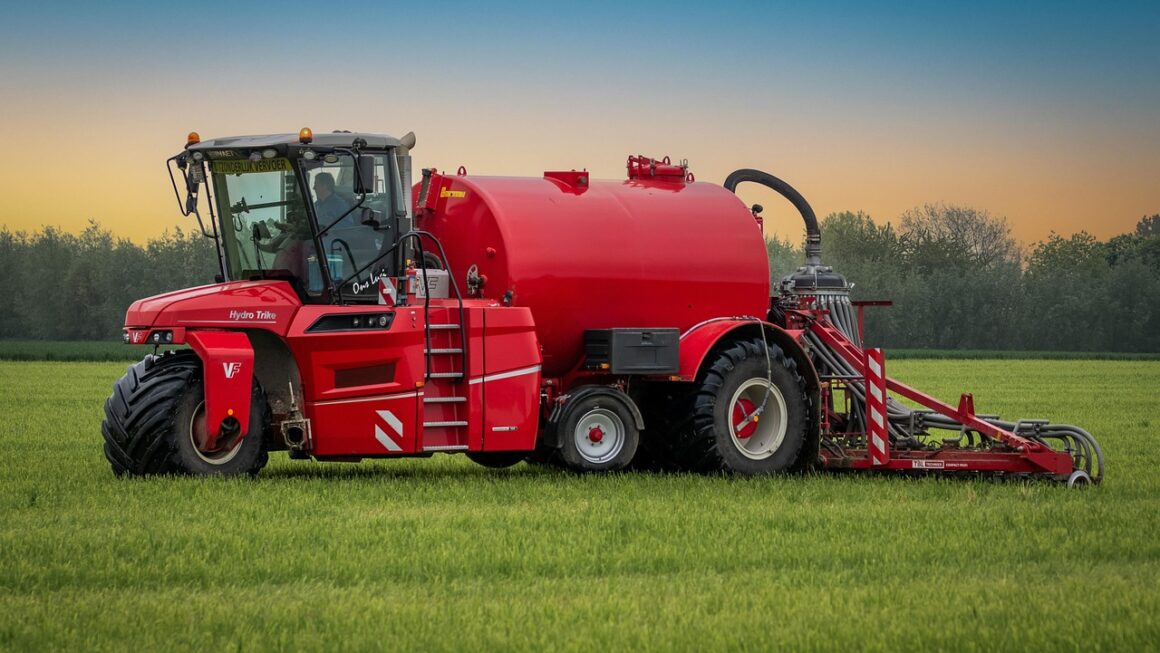Robotics is no longer a futuristic fantasy; it’s a rapidly evolving reality transforming industries, reshaping our daily lives, and pushing the boundaries of what’s technologically possible. From automated manufacturing plants to surgical assistants and even vacuum cleaners, robots are becoming increasingly sophisticated and integrated into the fabric of modern society. This article delves into the exciting world of robotics, exploring its diverse applications, underlying technologies, and the future it promises.
What is Robotics?
Defining Robotics
Robotics is an interdisciplinary field that encompasses the design, construction, operation, and application of robots. It combines elements of mechanical engineering, electrical engineering, computer science, and even biology to create machines that can perform tasks autonomously or with minimal human intervention.
- Key aspects of robotics include:
Sensing: Gathering information about the environment through sensors like cameras, lidar, and touch sensors.
Planning: Determining the optimal course of action based on the sensed information.
Acting: Executing the planned actions through actuators like motors and hydraulics.
Control: Regulating the robot’s movements and actions to ensure accuracy and stability.
Distinguishing Between Robots and Automation
While often used interchangeably, robotics and automation are distinct concepts. Automation refers to any technology that reduces the need for human input in a process. Robotics is a subset of automation that specifically involves the use of robots – programmable machines capable of performing a variety of tasks. A simple example of automation is a coffee machine, while a robotic arm on an assembly line is an example of robotics.
- Automation is broader than robotics.
- Robotics involves programmable, adaptable machines.
Applications of Robotics Across Industries
Manufacturing and Industrial Automation
One of the earliest and most widespread applications of robotics is in manufacturing. Robots are used for a variety of tasks, including:
- Assembly: Precision assembly of components in electronics, automotive, and other industries. For example, robotic arms in car factories weld parts together with speed and accuracy.
- Welding: Performing consistent and high-quality welds in harsh environments, reducing the risk of injury to human workers.
- Painting: Applying paint and coatings uniformly and efficiently, minimizing waste and ensuring consistent finish.
- Material Handling: Moving heavy or hazardous materials, improving safety and efficiency.
Healthcare and Medical Robotics
Robotics is revolutionizing healthcare, offering new possibilities for diagnosis, treatment, and rehabilitation.
- Surgical Robots: Assist surgeons with complex procedures, enabling greater precision, minimally invasive techniques, and faster recovery times. The Da Vinci Surgical System is a prime example.
- Rehabilitation Robots: Help patients recover from injuries or disabilities by providing assistance with movement and exercise.
- Pharmaceutical Automation: Automating tasks such as pill dispensing and drug compounding, reducing errors and improving efficiency.
- Disinfection Robots: Using UV light or other technologies to disinfect hospitals and other healthcare facilities, reducing the spread of infections.
Logistics and Warehousing
The rise of e-commerce has driven demand for robotic solutions in logistics and warehousing.
- Automated Guided Vehicles (AGVs): Transport materials and goods within warehouses, optimizing routes and reducing labor costs.
- Automated Storage and Retrieval Systems (AS/RS): Automatically store and retrieve items from racks, maximizing space utilization and improving order fulfillment speed.
- Picking and Packing Robots: Pick items from shelves and pack them into boxes, improving efficiency and accuracy in order fulfillment.
- Delivery Robots: Autonomous robots delivering packages directly to customers, particularly in urban areas. Companies like Starship Technologies are leading the charge.
Agriculture and Farming
Robotics is playing an increasingly important role in modern agriculture, helping farmers to increase yields, reduce costs, and improve sustainability.
- Autonomous Tractors: Operate without human drivers, performing tasks such as plowing, seeding, and spraying.
- Robotic Harvesters: Harvest crops automatically, reducing labor costs and improving efficiency. Companies like Harvest CROO Robotics are developing robotic harvesters for strawberries.
- Weeding Robots: Identify and remove weeds automatically, reducing the need for herbicides.
- Livestock Monitoring Robots: Monitor the health and behavior of livestock, providing early warning of potential problems.
Key Technologies Behind Robotics
Sensors and Perception
Robots rely on sensors to perceive their environment and make informed decisions.
- Cameras: Provide visual information about the environment, enabling robots to recognize objects, navigate, and perform tasks.
- Lidar: Uses laser beams to create 3D maps of the environment, enabling robots to navigate in complex and dynamic environments.
- Radar: Uses radio waves to detect objects and measure their distance, even in poor visibility conditions.
- Touch Sensors: Provide tactile feedback, enabling robots to manipulate objects with greater precision and dexterity.
Actuators and Mechanics
Actuators are the components that enable robots to move and interact with their environment.
- Electric Motors: Convert electrical energy into mechanical motion, providing power for a wide range of robotic applications.
- Hydraulic Actuators: Use pressurized fluid to generate force and motion, ideal for heavy-duty applications.
- Pneumatic Actuators: Use compressed air to generate force and motion, offering a lightweight and cost-effective solution.
- Robotic Arms: Provide a flexible and versatile platform for performing a variety of tasks, such as assembly, welding, and painting.
Artificial Intelligence and Machine Learning
AI and machine learning are essential for enabling robots to perform complex tasks autonomously.
- Computer Vision: Enables robots to interpret images and videos, allowing them to recognize objects, detect faces, and understand scenes.
- Natural Language Processing (NLP): Enables robots to understand and respond to human language, allowing them to interact with people in a natural and intuitive way.
- Machine Learning (ML): Allows robots to learn from data and improve their performance over time, without being explicitly programmed.
- Reinforcement Learning (RL): Enables robots to learn through trial and error, allowing them to master complex tasks in dynamic environments.
Control Systems and Programming
Control systems and programming are essential for regulating the robot’s movements and actions.
- Real-time Operating Systems (RTOS): Provide a stable and predictable platform for running robotic software, ensuring that tasks are completed in a timely manner.
- Robot Operating System (ROS): A popular open-source framework for developing robotic software, providing a wide range of tools and libraries.
- Programming Languages: Robots are typically programmed using languages such as Python, C++, and Java.
The Future of Robotics: Trends and Predictions
Increased Autonomy and Intelligence
Robots will become increasingly autonomous and intelligent, capable of performing complex tasks without human intervention. This will be driven by advancements in AI and machine learning.
Human-Robot Collaboration (Cobots)
Cobots, or collaborative robots, are designed to work alongside humans in a safe and efficient manner. They are equipped with sensors and safety features that prevent them from causing harm to humans.
Soft Robotics
Soft robotics utilizes flexible and deformable materials to create robots that can adapt to their environment and interact with objects in a more delicate way. This is particularly useful in applications such as healthcare and food handling.
Swarm Robotics
Swarm robotics involves the coordination of multiple robots to perform a task collectively. This approach is particularly useful for tasks such as search and rescue, environmental monitoring, and construction.
Ethical Considerations
As robots become more intelligent and autonomous, it is important to consider the ethical implications of their use. This includes issues such as job displacement, bias in AI algorithms, and the potential for misuse of robots.
Conclusion
The field of robotics is rapidly advancing, with new technologies and applications emerging all the time. From manufacturing and healthcare to logistics and agriculture, robots are transforming industries and reshaping our daily lives. As robots become more intelligent, autonomous, and collaborative, it is important to consider the ethical implications of their use and ensure that they are used for the benefit of society. By understanding the key technologies behind robotics and the trends shaping its future, we can better prepare for the exciting opportunities and challenges that lie ahead.






